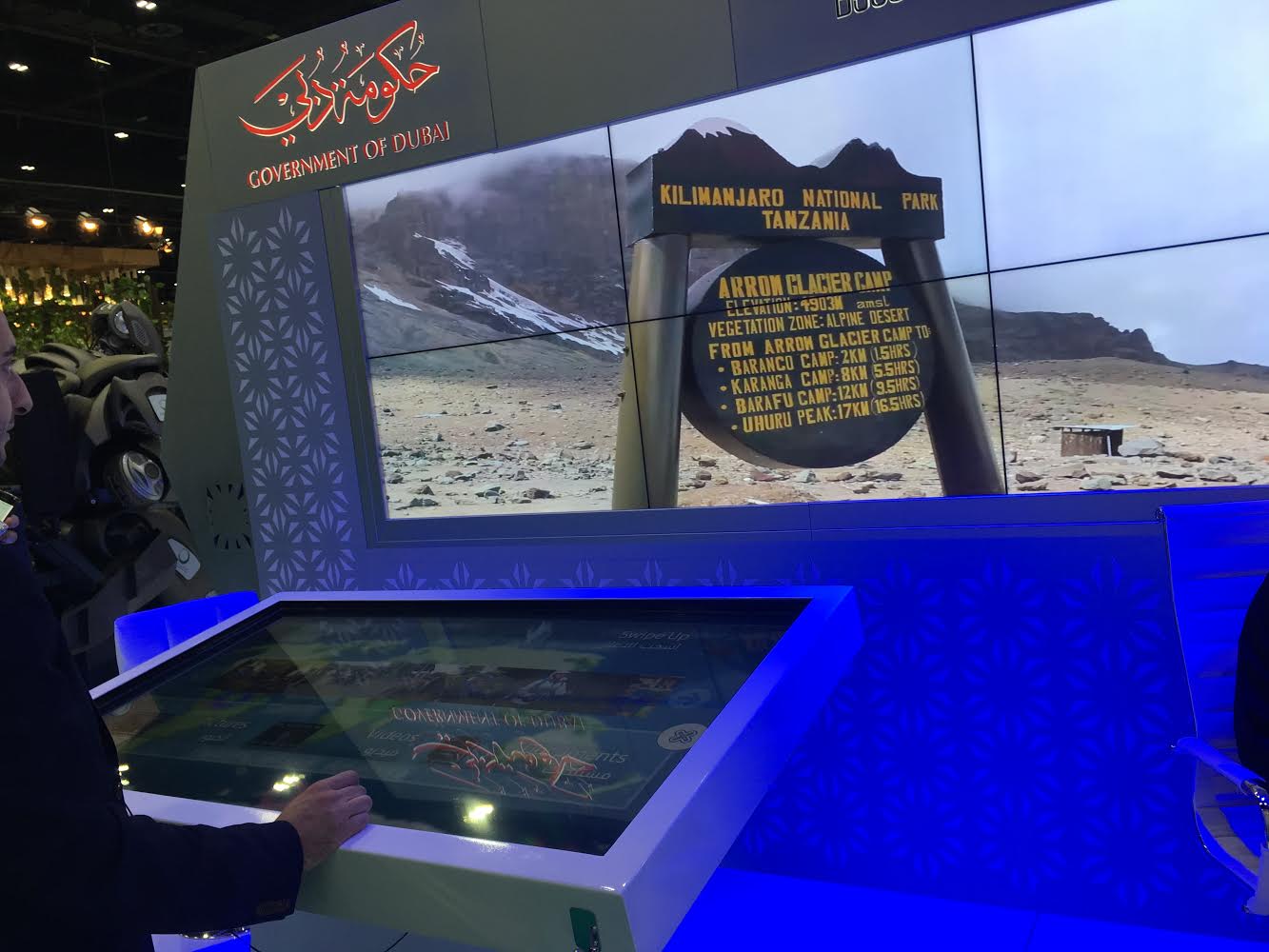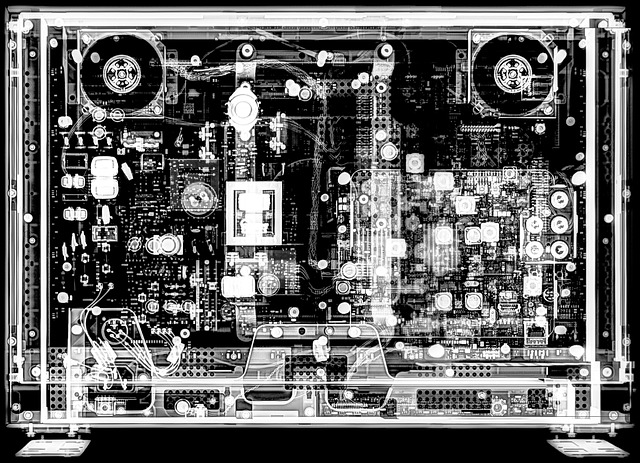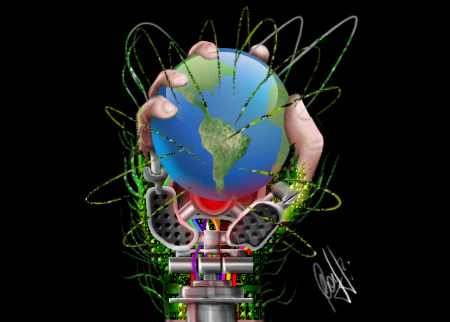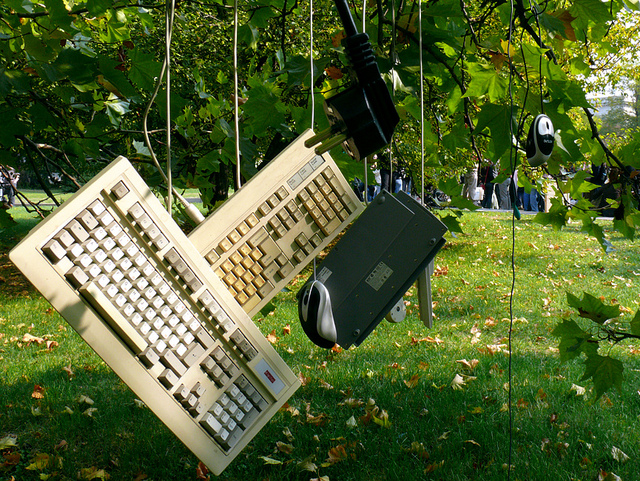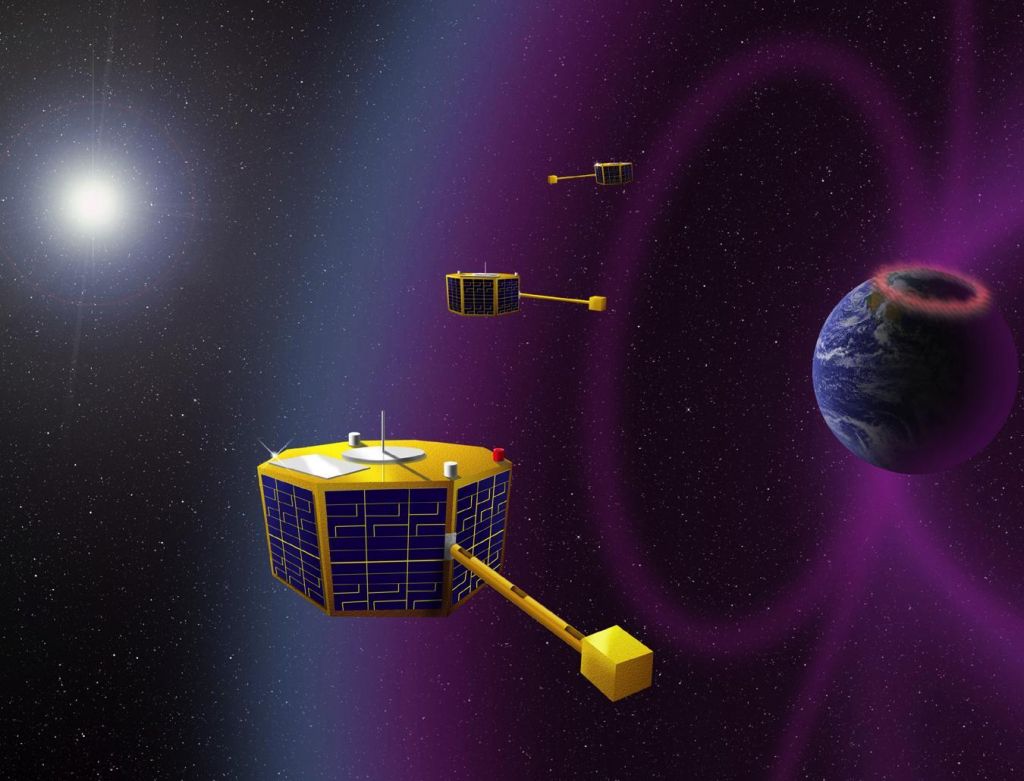When Apple launched the first iPhone in 2007, it was named the invention of the year. Among other things, one of its features included the ability to pinch and zoom into pictures using two fingers. And though not the first in the field, this can be termed one of the more popular ways in which multi-touch surfaces were introduced to the common masses. If some of you haven’t realized, the track pad on your laptop is multi-touch. By using your thumb and index finger, you can zoom in and zoom out of most applications.
While this is perhaps the most basic use of this technology, it has come further ahead over the years, and while smartphones and tablets remain restricted to the two-finger touch, there are other surfaces that can be converted to multi-touch surfaces and be used for an array of purposes. From music and video-gaming, to advertising, shopping and conducting vast discussions, from planning and executing, to educating and learning, multi-touch devices are devices of the future, and are soon likely to replace traditional input devices such as the keyboard and mouse.
Multi-touch is intuitive. Not much training is needed to learn how to use this technology, because it functions intuitively. So its use is applicable to a much wider audience that will use this technology more efficiently. Swiping through documents and images, editing information via digital input interfaces such as digital keyboards, and being able to scroll through vast amounts of data are all possible via multi-touch interfaces. These movements are natural, not forced—much like the limiting keyboard and mouse combination. However, going back to this natural method of using digital devices will take some amount of unlearning the use of traditional input devices. Some multi-touch surfaces and even import data from devices (such as smartphones) kept on them by using Wi-Fi.
Why do we need multi-touch? Why is it being touted as the leading technology of the future? One of the most important benefits of this technology will be quicker learning, better implementation of ideas, and the ability to multitask by a larger group of people, thereby speeding up the entire process of innovation and creation. Of course, for this effect to truly show, large multi-user screens/surfaces will have to be introduced at a more accessible level. Also, as the amount of data processing increases and each process must only be sophisticated and refined as we progress in time, multi-touch offers this sophistication with incredible ease of use.
Anything can be a multi-touch screen—from table tops to window shop screens, from small tablets to massive screens that enable usage by almost 8-10 people at a shot. What’s more, advanced technology allows the use of independent applications on these devices by multiple users. Which means each user use the screen independently, provided it can facilitate those many numbers.
This is just the beginning of what multi-touch can offer. To call the future of this technology merely bright would be as much an injustice as an understatement. The impact of multi-touch devices/screens/interfaces in our daily lives will have far-reaching implications, and positive ones at that. So whether you are a coffee shop, a retail store, an educational learning centre, a music school, or an advertising agency, you can hugely benefit from what this technology offers.
At PearlQuest, we introduce multi-touch to you and engineer intuitive and user-friendly interfaces using advanced software architecture for your organization and clientele. Think of one process that can be performed by one person in your organization. Now multiply that by about 4 other pairs of hands working on the same process together so that data processing and implementation of plans and ideas is swifter. Imagine the tremendous increase in efficiency in your business. Like we said, this is just the beginning. To know what multi-touch can do for you and your business, and how it can be tailored exactly to your requirements, give us a call.

